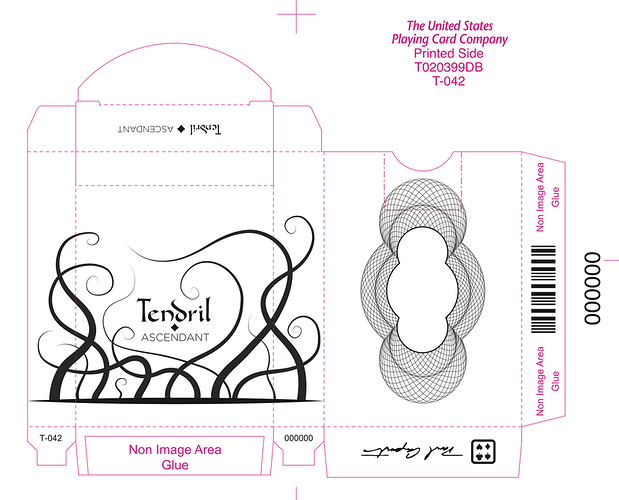@marmak3261 exactly right.
@spike has the right idea.
For cutting anything pre-printed you need pixel level movement and rotation.
On the desktop arrow keys and combo’s work fine - and ideally should either follow Adobe or some similar very popular software.
On the ipad I suspect it would need additional control buttons…
In both cases input fields where you could type numbers in would also be useful.
And yes, you would probably need a zoom function too so you can see.
So imagine you pre-print in one corner of your material a single pixel L shape
In your cut file you have a matching L shape
- Using the hood camera you position the cut over the pre-print as best you can
- You zoom in over the registration mark
- You pixel tweak it up/down/sideways to get the cut-mark over the pre-printed mark
- You pixel rotate it so the cut mark aligns with the pre-printed mark.
4B) In an ideal world you would want to specify the point you are rotating round as the bottom left of the L, but I realise that’s possibly a different order of problem.
- Repeat steps 3 and 4 until it is perfect
- Hit cut.
The advance course would allow for 2 registrations, top right, bottom left. This would help where either there was slight scaling issues (not sure how much variation you would get off different thickness of material for example).
It would also server as a double check - especially for rotation - which is the hardest thing to get right.
As for use cases - ANYTHING pre-printed: cards, boardgames, decorations, clothes, embroidery, stationery, dolls houses, pre-painted, adding engravings to something previously engraved, etc., etc.,
Also, there are probably a number of cases where you want to cut something, take it out and do something to it, put it back for further cuts.
![[Tutorial] Mail Merge in Inkscape](/uploads/db6859/original/3X/5/e/5e397a52360185470a1c7ec07a15ce0919fa8782.jpeg)
